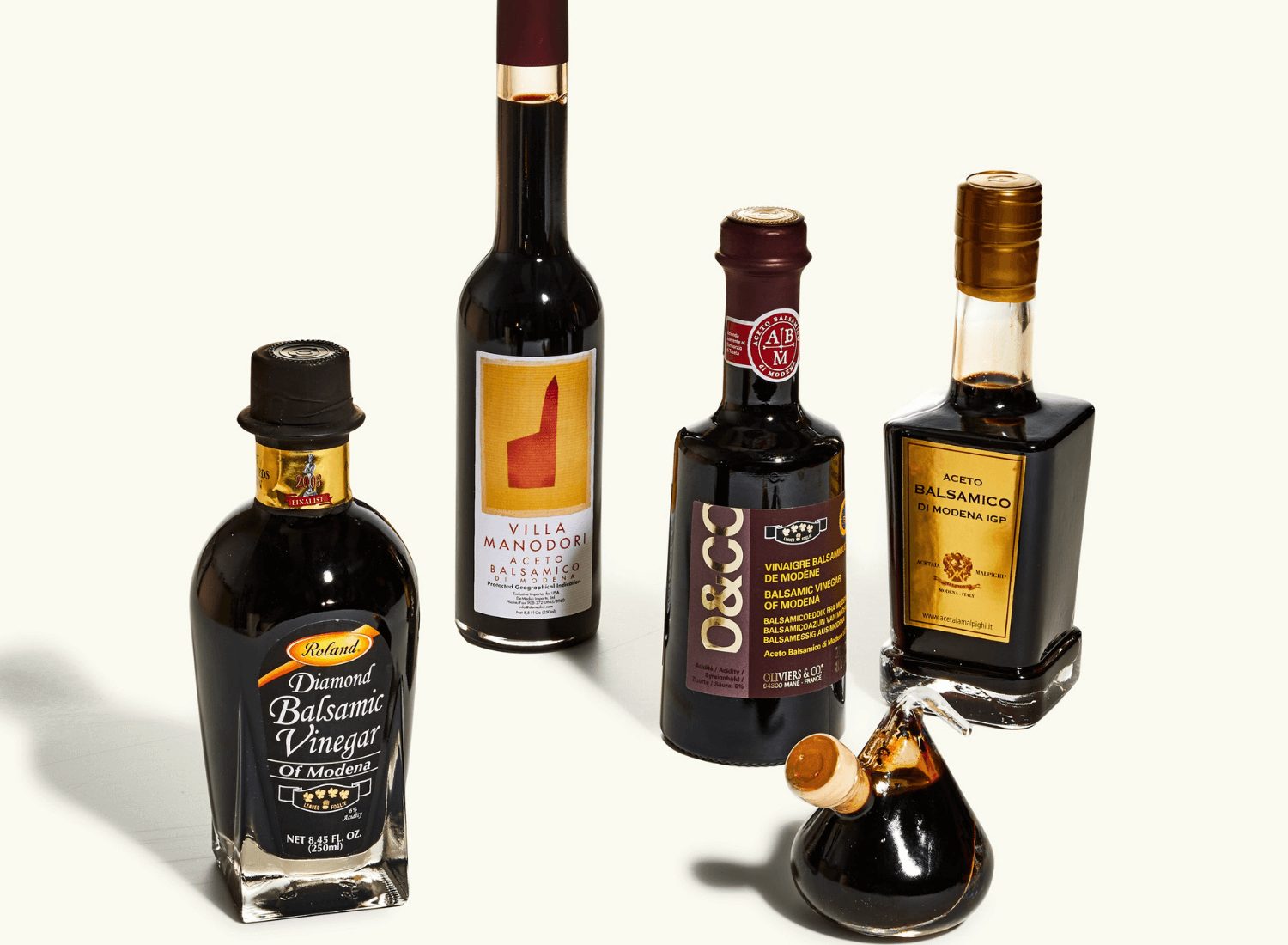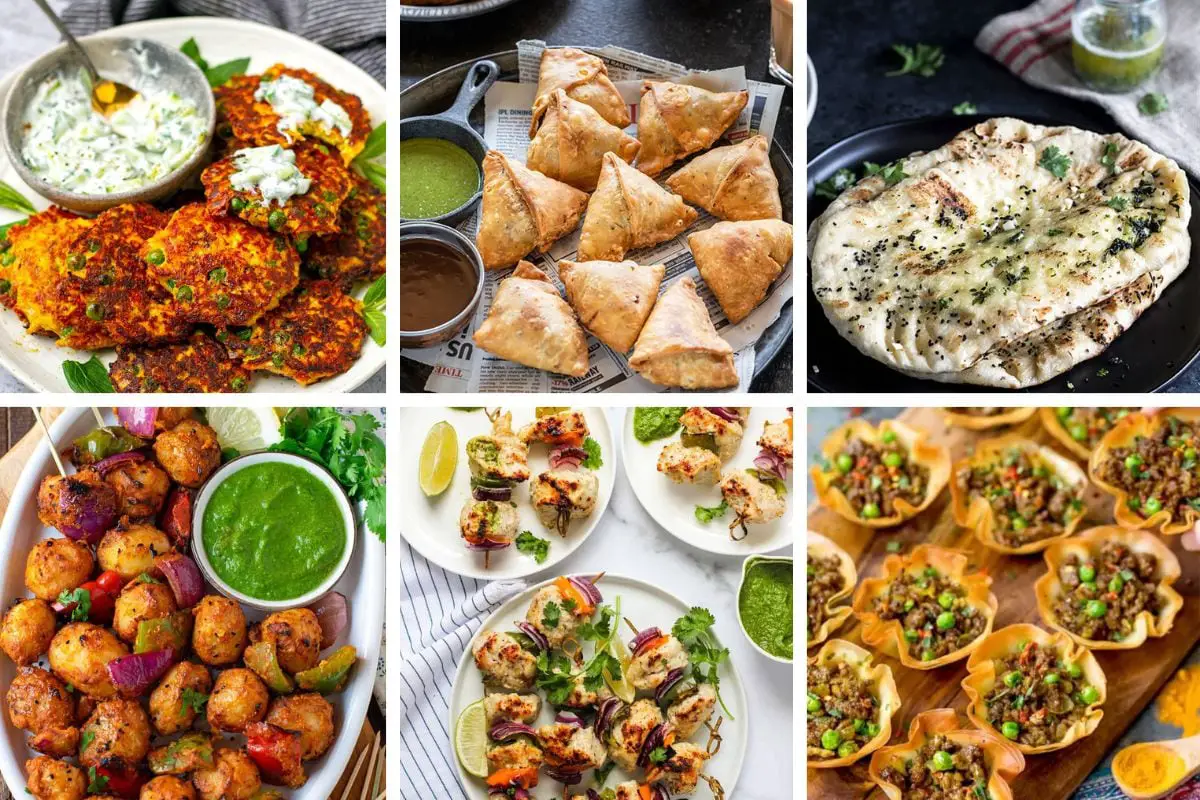Tea is the absolute favorite beverage of Indians. Whether the person is poor or rich, they all have a special corner for tea. Tea is an emotion in India, as shown in the history of tea. For most people, their day doesn’t begin without a cup of tea. One exciting but not unknown fact is that India is the number one tea consumer and consumes around 30% of global output. So let’s talk about the history of tea and more!

What is the cost of the most expensive tea bag in the world? It is worth £7000, and it is a diamond tea bag by Boodles Jewelers in England. India is the second-largest exporter of tea, while China remains the largest exporter. We should thank the Britishers for introducing tea to Indians. Britishers struggled a lot in starting to grow tea in India, but after 14 long years of failure, tea production in India started to flourish.
Tea In India

Now, the question is, how did tea come to India? And what is the history of tea? According to one of the theories, tea was brought to India by the silk caravans from China to Europe and the rest of the world. But tea was formally introduced by the Britishers as it was their staple beverage. They found out that the Indian soil was perfect for cultivating these plants, and hence they threw China’s monopoly over tea.
Let’s know more about the history of tea – how it was discovered and gained popularity to become the second most-consumed drink in the world after water.
The History Of Tea

A famous story from ancient China that taught them the value of tea goes as follows: during a long day spent roaming in the sun and searching for edible grains and herbs, farmer Shennong accidentally consumed poisonous items 72 times. But before the poisons started showing their effects, a leaf drifted into his mouth, and it revived him, and this is where the history of tea is believed to have begun. Tea does not cure poisoning, but Shennong was a mythical Chinese inventor of agriculture.
Archeological evidence tells that tea was first cultivated in China as early as 6,000 years ago, even before the Pyramids of Giza were built. The same type of Chinese tea plant is grown across the globe today. It was consumed very differently; it was eaten as a vegetable or cooked with grain porridge. Tea was food earlier, and then it shifted from food to a drink around 1500 years ago when people realized that after boiling it, tea became unique and delicious, after which it became popular.
After years of variation in the preparation method, the standard method is to heat tea, pack it into portable cakes and grind it into a powder that later on can be mixed with hot water and be created into a beverage called matcha. It became so popular that a different Chinese tea culture emerged.

During the Tang dynasty, a Japanese monk brought the first tea plant to Japan, and from there, the Japanese developed their own unique rituals around tea, leading to the creation of the tea ceremony. The spread of drinking tea became very popular all around the world in the early 1600s. During the 1700s, tea in Europe was sold for ten times the price of coffee, and the plant only grew in China.
The East India company also wanted to grow tea themselves and further control the market, and hence, the tea production began in India.
There are numerous ways to prepare tea, whether it is sugary Turkish Rize tea to salty Tibetan butter tea; there are as many ways to prepare tea as there are cultures across the globe.
Tea remains a constant in every Indian household, and tea shops are a place for conversations. I hope you have enjoyed the history of tea! Let us know in the comments if you have a different version of the history of tea!
Read also – 14 Amazing Mojitos You CanNot Miss Out On



